Description
Pink Floyd’s final album of the year is now available! Recently, “BBC ARCHIVES 1970 & 1971” and “DEFINITIVE LANDOVER 1975”, which have coupled the best and strongest sources with the best sound quality, are truly outstanding. The title defined the performance with its superb sound quality and content that made you think, “I don’t need anything else!”, but this weekend, the September 18, 1971 performance in Montreux, Switzerland, will be the latest version of the audience recording. It will be released with the strongest coupling of the source and the latest stereo source of the radio broadcast version!!Speaking of Montreux in 1971, previously released records have appeared from various labels in the past, but the sources can be roughly divided into There were two. An individual recorded and broadcast three reel tapes using Recorder 1, which recorded the audience at the venue on the day, and a high-performance ambient microphone mainly used for classical music by the Swiss radio station “Radio Suisse Romande”. This is Recorder 2, which was used for air check recording. The main released version of Recorder 1 is “ECHOES IN MONTREUX”, and this source was a surprising audience recording (*hereinafter referred to as AUD) that was suddenly announced at the end of 2008, so the radio sound source Recorder 2 It was a big change in the 1971 Montreux sound source that was common. On the other hand, Recorder 2’s main releases include “LIVE IN MONTREUX 1971” and “LABYRINTHS OF CORAL CAVES” released by the TSP label, and “MONTREUX” released in 2014, which boasts the longest recording time as its top title. 1971” was there. This work is a 4-CD set that includes both recorders in the latest separate source and upper version. First, discs 1 and 2 contain a perfect remaster and upper version of Recorder 1 that appeared online in October 2015. version, and discs 3 and 4 contain the stereo version of the latest 2015 remaster of Recorder 2, which was suddenly announced in September of this year. This is the strongest perfect title from Montreux in 1971!!By the way, I would like to add an additional note about this Recorder 1, in fact, in the latest restored version of Recorder 1 released in October, there are some scenes that suddenly say “Kuru!” !”, which sounded like a warped tape, was occurring.Specifically, there were four places in “Echoes” at 0:15, 7:30, 43, and 8:02. 3 minutes 08 seconds of “Eugene” and 12 minutes 32 seconds of “Sun Hymn”, but in this work, these are the same old type sources with no abnormal sounds (*Same part of “ECHOES IN MONTREUX (Sigma 53)”) ) by carefully matching the waveform and treatment to perfectly restore Recorder 1’s original appearance. At the same time, strict pitch adjustment was applied to each song in the range of +0.7% to +1.45% to ensure that the correct sound was produced in all scenes, so the stable listening experience was completely different from the previously released version. It’s out. On the other hand, Recorder 2 is also the latest master released in October 2015, which is different from the previously released 2014 release “MONTREUX 1971” (*Fine decibel adjustment, sound color adjustment, and left and right channel speed adjustment are perfectly done. (This is the final version), so you can enjoy the remastered effect with a more precise sound image than the previously released version. Let’s introduce each of these fascinating discs one by one! Disc 1 – Recorder 1: Restored Master Disc 1 is the restored master of Recorder 1, and contains the first half of the show using genuine AUD recordings. I am. The recording equipment used was a Uher 4200 reel deck connected to a Sennheiser MD-421 microphone, and the sound quality was excellent from the beginning for a Floyd 1971 recording. . However, this time it is an upper version of such a master sound, so the sound texture and balance are even better than the already released version “ECHOES IN MONTREUX”, and from the beginning of the opening “Echoes”, the sound is tough and the best sound with a good outlook. This will naturally bring a smile to your face. When I listened to it again, I noticed that the sound collection ability was also amazing. For example, in the scene where the guitar turns down the volume and retunes after the singing part, even the faintest sounds can be heard with a higher resolution than on the previous release, and in the scene with the albatross, you can hear it from a distance. I think you’ll be surprised that the master recording was able to pick up so much of the delayed faint cry that can be heard. As a result, you can see that the volume of the cry in the same part of Recorder 2 = broadcast sound source was not reduced during the mix work during broadcasting, but that the sound was small and appeared far away in the actual performance. “Eugene” has a mellow sound with a mysterious weak tone in the introduction, and a dense intertwining of sounds, but even in a song like this, which is composed of overlapping weak notes, I was once again amazed at the sound image with no unevenness or wavering. It should be done. The intonation around the scream is also easy to grasp, which is unique to AUD recording, and there is plenty of fun to follow its progress with a different impression than Recorder 2. “Song of the Sun” will make you realize the colors hidden in the performance with suppressed intonation, and the sound image that conveys special creativity will make you want to listen to it again and again. In the scene that unfolds from around 6 minutes and 50 seconds, the spacey ornamental notes that float through the space come out even more beautifully than on previous releases, and the collage of sounds that further expands the possibilities of sound deliver a satisfying excitement. “Cymbaline” captivates the listener with the euphoria that emerges from the sound. The silent parts are just as beautiful as the soft and quiet sounds of the performance, so the sound of footsteps, sighs, and opening doors can be enjoyed as high-quality “indoor sounds.” By the way, I’m also happy to hear that the sound quality has improved by one rank from this footsteps scene, giving the sound even more clarity and hardness. Disc 2 – Recorder 1: Restored Master, Continue “Atom Heart Mother” also shows the dazzling contrast of the original master recording from the introduction. It’s interesting to hear the sound effects such as horse barks and explosion sounds as “sounds that were heard at the venue”, and the luster of the tone clearly comes out in the skin-crawling first guitar part. You can clearly hear the soprano and alto duets and mixed chorus from a distance, and you’ll definitely be captivated by the way the sound diffuses in the studio with genuine AUD sound. The organ that starts to stand out around 14 minutes and 22 seconds is gorgeous from the bass to the treble, and the sound image that blends exquisitely with the movement of the mixed chorus with a hook that gradually gets involved behind it is also worth checking out. Even in the sound collage scene (* around 18 minutes 24 seconds to 23 minutes 25 seconds) that progresses only with chaotic sounds, the band makes various changes to the floating sounds, which gradually develop and become later accompanied by wind instruments. You will be able to enjoy the sound that is more powerful than the previous release. “Mystery” also has a beautiful swaying sound with the intersecting weak notes at the beginning, and the song’s quiet but never submissive thoughts emerge as a sound that stimulates creativity. Even in the tumultuous scene after the drums start moving, the guitar that hits and distorts the strange actual sound over and over again can be heard better than on the previous release, and the rough appearance of Roger striking the gong in the meandering song is more than an accent to the sound. The vividness of the sound is becoming more and more vivid, and you can feel that the crash cymbals that are hit randomly have a sharp force unique to this recording that Recorder 2 does not have. In the scene where the commotion stops and the organ appears, the guitar that comes in with the slide bar creates a dazzling countermelody (*around 13 minutes 47 seconds), and here the tone is unbelievably glossy and full. There is, so please check it out. Disc 3 – Recorder 2: Radio Suisse Romande stereo source From here on, Recorder 2 = the familiar sound source that recorded radio on-air at the time. Like Recorder 1, this one also uses the latest master from 2015, which is different from the previously released version “MONTREUX 1971 (Sigma 113)”, and has undergone decibel adjustment, tone review, and left and right channel speed adjustments. The clarity, sharpness, and hardness of the sound increases by +1 to 2 points, and the overall sound output is about half a step closer to the front, and the stereo feeling is natural, so it is a high level that gives off a different impression from the previously released version. It provides a comfortable listening experience. Also, unlike Recorder 1, you will be happy to hear that you can listen to all the songs uncut. From the beginning of “Echoes”, you can feel the resolution and closeness of the sound compared to the previous release, and you can see that the guitar tuning scene in the song has higher resolution than the previous release. The bass sound sounds quite fat, which makes the heartbeat of the song and the outline of the sound completely different, and the albatross slide bar that comes in at 13 minutes 36 seconds makes the guitar sound even more direct than Recorder 1. It’s a very different sound, so the impression you receive should be quite different. “Eugene” not only produces a richly textured sound with the bass and cymbals standing out, but is also characterized by greater transparency and precision than ever before. The atmosphere between the sounds is vivid, and it is noteworthy that the silent parts are even more expressive than the actual sounds. Even in the scene where the music moves dramatically after the scream, the sound has a tough and rich character, making the powerful energy radiating even more enjoyable. The introductory cymbal expression of “Taiyou Sanka” comes out with a tremendously vivid sound, and even the climax in the middle of the song gives off a rich charm between the lines, and the density and dynamism that progresses are well expressed in the sound image. Also, like the previously released version, the sound is close, so I’m happy to be able to follow the light intonation. “Cymbaline” has a beautiful sound with no frills, and I think you will take your breath away as the insightful performance blooms over and over again in a vivid sound image. Many beautiful shadows are created in the relaxing sound strokes, and even in the footsteps scene, the woman’s breath can be heard more seductively and directly than on the previous releases, so you will feel a higher quality sound drama. Disc 4 – Recorder 2:Radio Suisse Romande stereo source, Continue “Atom Heart Mother” allows you to enjoy the spaciousness and texture of the sound that is more responsive than ever before. The balance between the midrange and treble range is also excellent, and it can be said that the sound clearly shows that the music of this day was created by the efforts of many people. The brass section also has a deep sound, and the way the guitar really comes into focus at 4:05 and then collides with the wind instruments is sure to make you feel the timeless sound over and over again. The duet of the female chorus by soprano and alto also appears here with its extremely attractive sound image, and even after moving to the polyphonic part, the expansion and concentration of the sound appears with more vividness than on the previous release. The synthesizer collage that starts at around 18:07 gives the impression of being immersed in a sea of sound rather than listening to it, but in the same scene in Recorder 1, the sea of sound effects is seen on the opposite shore. There is an impression that they are watching from the shore, and this can also be said to be a scene where the level of understanding of the expression deepens by changing the perspective of the recording. After the performance, one of the brass members can be heard improvising a passage from Carl Orff’s “Carmina Burana” to the applause, and you can enjoy this with more clarity than on the previous release. . “Mystery” stands out from the beginning with its unusually fat bass and sharp cymbal sounds, and the strange tones of the keyboard and the unrestrained depiction of the distorted guitar that synergize with this are the clearest ever. The second half is a grand development in which light gradually shines through, and the sound is more intense, deep, and colorful than all the previous releases, so please check it out as well. It should also be noted that the slight analog drop peculiar to this source, which had faint traces remaining around 14 minutes and 17 seconds on the previously released version, has become almost invisible with this latest remaster. Summary The real pleasure of this title is that you can grasp the overall picture of the performance with the high-quality genuine AUD sound of Recorder 1, and the variety of layers of sound that you can only notice when you get closer with Recorder 2’s excellent broadcast sound source. This will deepen your understanding of performance in many ways. Now that the sound images of each recorder have been perfectly determined and restored, it has become easier to always illuminate the sound of the same performance on the same day from a different angle. In order to understand a band that pursues the possibilities of music, you will be able to get closer and more aware of the secrets of their sound. Please use this ultimate Montreux 1971 complete edition, which has become definitive in its 44th year, as an excellent guide to further understanding Floyd, and as a means to further strengthen the resonance between Floyd and yourself. There is no doubt that you will rediscover the romantic sound that has a range far longer than 44 years, or even a single person’s life. Festival de Musique Classique, Pavillon De Montreux, Montreux, Switzerland 18th September 1971 TRULY PERFECT/ULTIMATE SOUND Recorder 1: Restored Master Disc 1(60:55) 1. Echoes 2. Careful With That Ax, Eugene 3. Set The Controls For The Heart Of The Sun 4. Cymbaline Disc 2(48:08) 1. Atom Heart Mother 2. A Saucerful Of Secrets Recorder 2: Radio Suisse Romande Open Air Mics Recording Disc 3(62:53) 1. Echoes 2. Careful With That Ax, Eugene 3. Set The Controls For The Heart Of The Sun 4. Cymbaline Disc 4(50:45) 1. Atom Heart Mother 2. A Saucerful Of Secrets
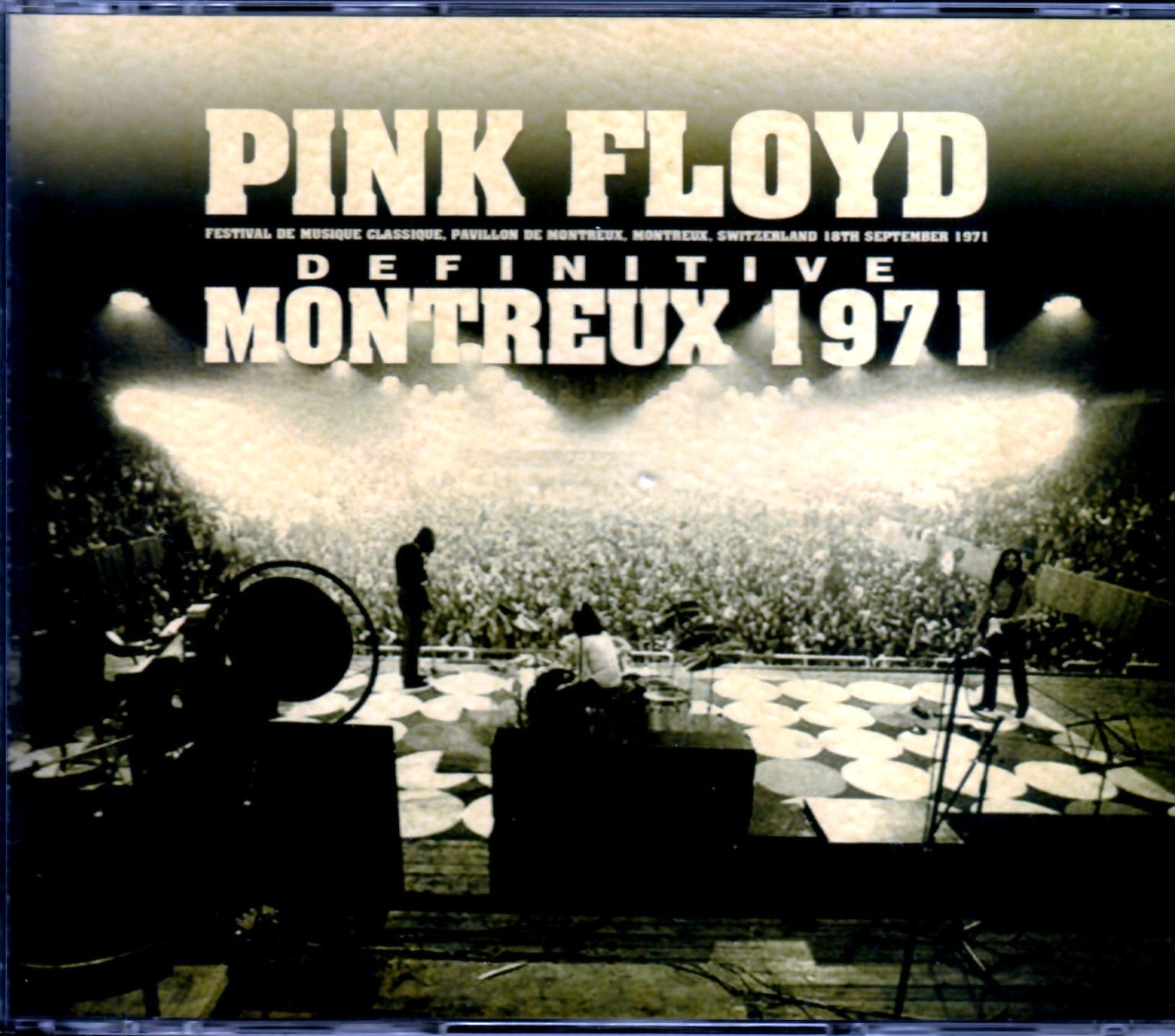
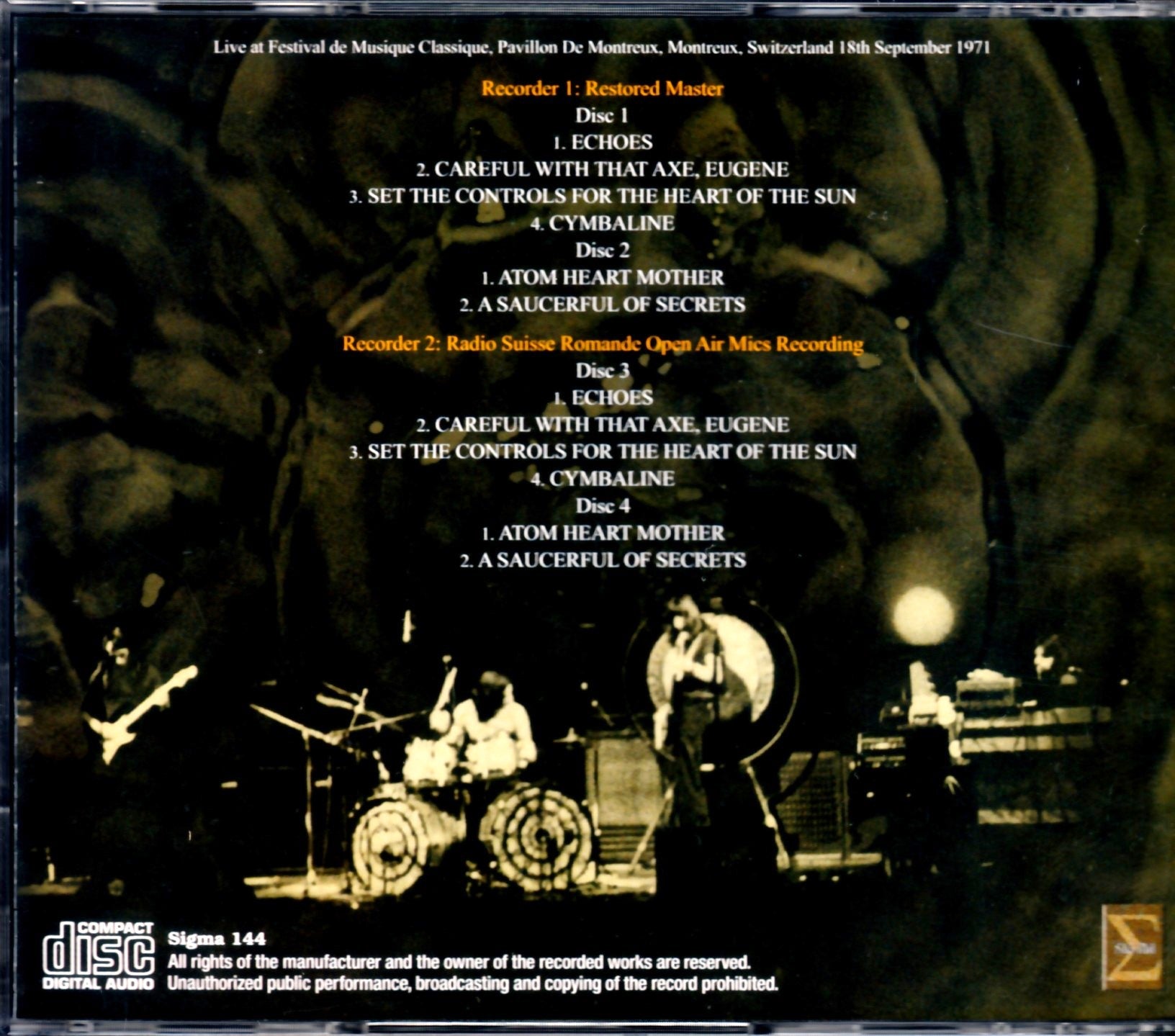

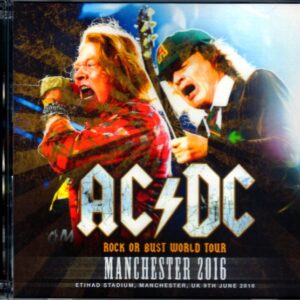
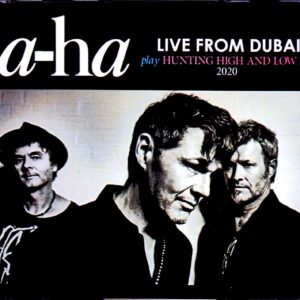
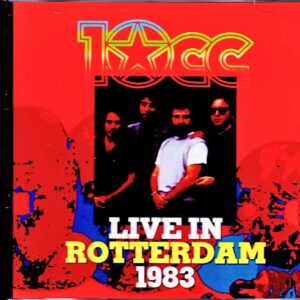
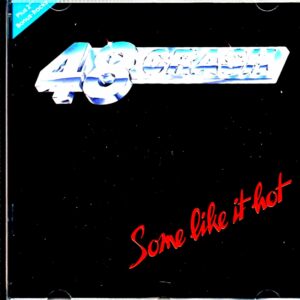
Reviews
There are no reviews yet.